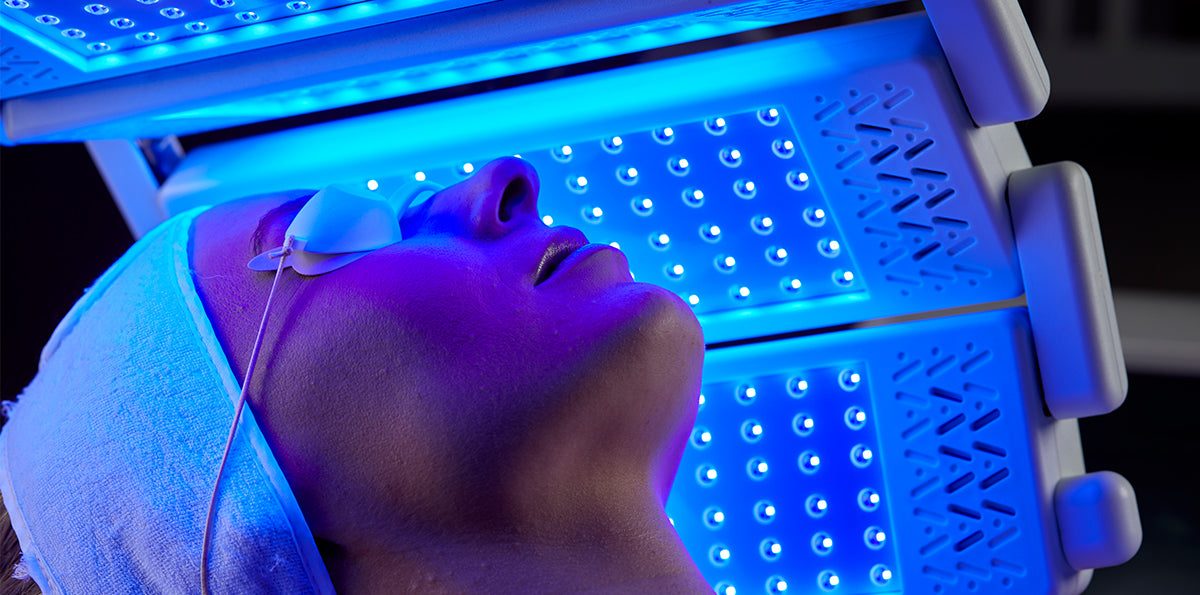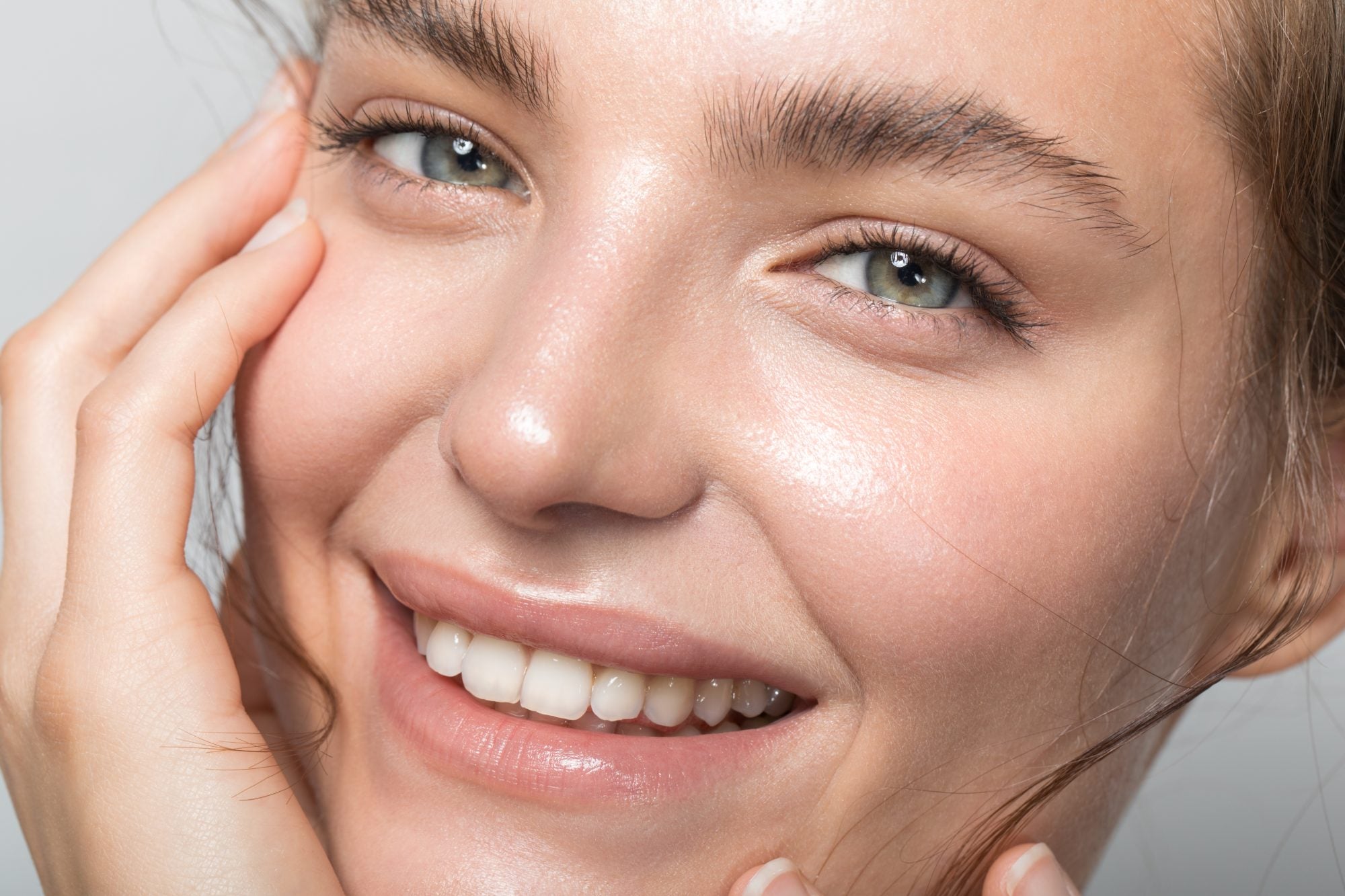Medically Reviewed by Dr. Lisa Hartford, MD
What usually comes to mind when we talk about skin therapy are creams, lotions, and masks. However, there is another skincare treatment that involves something that is usually taken for granted: light.
In this article, we’ll discuss the mechanics of LED light therapy, its benefits, and safety concerns.
What is LED Light Therapy?
LED light therapy is another form of skin care treatment that uses light and its diverse wavelengths to stimulate healing and restoration of the skin. It is a subset of photodynamic therapy. The light is emitted via a light-emitting diode, commonly known as LED.
This form of therapy is gaining traction among dermatologists and even among home users as it purportedly helps treat acne, mitigate skin inflammation, and even slow down skin aging.
Most LED light therapy uses the following light wavelengths (which translates to a color perceived by the eye): amber, blue, red, green.
LED lights for this therapy emit low levels of this light, making them safe for the skin. On some occasions, a photosensitive compound naturally found in animals (5-aminolevulinic acid) is applied to the skin as an adjunct therapy.
The procedure takes around 20 minutes per session, but the therapy is not finished in one session. On average, you must do the therapy once a week for 10 weeks or as determined by your dermatologist.
There are a lot of shops offering LED light therapy device kits, allowing you to do the therapy in the comfort of your home. These kits usually cost around $25 up to more than $250. On the other hand, a LED light therapy session would cost around $25 to $85.
How Does It Work
The skin is the body’s largest organ and is constantly exposed to light. Due to this, it has adapted well to react to red and near-infrared wavelengths of light. We know that light is both a wave and a particle, and these particles known as photons are absorbed by photosensitive chromophores in the mitochondria of skin cells.
This, in turn, stimulates many cellular-level processes such as the release of adenosine triphosphate (ATP) nitric oxide, an increase in blood flow, and even the activation of restorative stem cells.
These stem cells help repair and heal damaged tissues. Wrinkles, acne scars, and burns may also be reduced. Since it’s non-invasive, its side effects are minimal as long as the correct procedures are done.
Safety Concerns
Is LED light therapy safe for use around the eyes? The quick answer is YES. As long as safety procedures and done, your eyes won’t be harmed during the procedure.
LEDs do not emit cell-damaging ultraviolet rays, unlike the sun. During the session, you could opt to wear an eye mask to further shield your eyes, especially if only one part of the face is being treated.
Light-based therapy is not limited to skin care, however, as there are therapies involving light exposure done to treat some neuropsychiatric conditions. However, people using certain medications or those who have light sensitivity and other similar issues should not attempt this therapy without consulting a physician.
Due to its reputation as a safe technology, a lot of manufacturers such as EvenSkyn produce their own easy-to-use at-home LED light therapy devices. Research has shown that LED is far safer than older light therapy methods involving low-level lasers. It is deemed generally safe for all skin colors.
References (from Google Scholar):
https://www.tandfonline.com/doi/abs/10.1080/14764170500370059
https://www.ncbi.nlm.nih.gov/pmc/articles/PMC4126803/
https://www.ncbi.nlm.nih.gov/pmc/articles/PMC5843358/
https://onlinelibrary.wiley.com/doi/abs/10.1111/acps.12785








Leave a comment
All comments are moderated before being published.
This site is protected by hCaptcha and the hCaptcha Privacy Policy and Terms of Service apply.